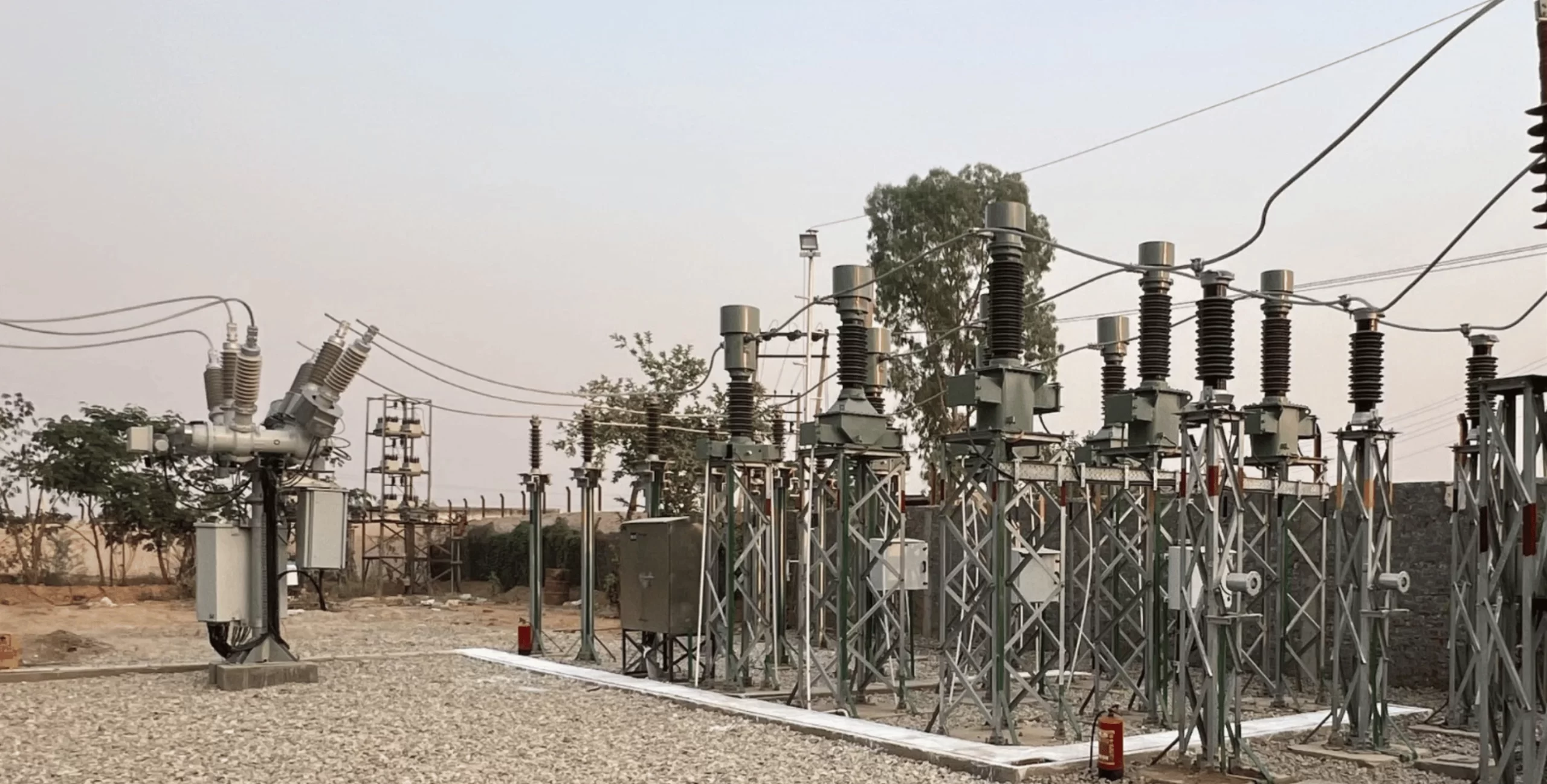Enhancing Solar Power Transmission: The Role of Smart Grid Manufacturers
India’s Rapid Solar Growth and the Need for Efficient Transmission
Buoyed by the positive response from the industry and the proactive approach adopted by various state governments, India is now making rapid strides in the solar segment. The country’s solar power generation has increased 14 times in just five years, from 0.5 MW in 2011 to 7 GW today. As a result, the revised solar target of 100 GW by 2022 looks distinctly achievable. However, despite abundant sunshine throughout the year, India’s transmission infrastructure is not keeping pace with the rise in solar power generation.

Bridging the Transmission Gap to Avoid System Collapse
If left unaddressed, the widening gap between power generation and transmission infrastructure could put immense pressure on existing transmission lines, potentially leading to system failures. Our transmission networks are not yet equipped to handle the large influx of solar power being injected into the grid. Given the high stakes in the solar sector, breakdowns must be avoided at all costs. This highlights the importance of upgrading transmission and distribution (T&D) lines in states adopting large-scale solar projects. Hartek Group, as a leading player in the power infrastructure sector, is committed to bridging this gap by delivering cutting-edge transmission solutions and smart grid technologies.
The Critical Role of Smart Grid Manufacturers in Solar Integration
Smart grid technology is the key to ensuring efficient power transmission and distribution. A smart grid manufacturer plays a crucial role in modernizing India’s energy infrastructure by integrating advanced grid solutions that optimize solar energy flow. The adoption of smart grids can significantly reduce transmission losses, improve grid stability, and enhance overall energy efficiency.
State-Level Initiatives: Lessons from Punjab and Andhra Pradesh
Punjab, which is on track to achieve 1 GW of installed solar capacity, faces challenges due to its outdated T&D infrastructure. To accommodate this additional power load, the Power Grid Corporation of India Ltd has been tasked with building separate transmission lines. However, the responsibility of intra-state grid expansion lies with local governments. On the other hand, Andhra Pradesh sets a noteworthy example by planning its T&D upgrades parallel to its solar expansion, ensuring a smooth transition to renewable energy.
Addressing T&D Losses with Smart Grid Solutions
India’s existing transmission capacities remain inadequate, leading to significant energy losses due to inter-state transmission congestion. Millions of kilowatt-hours of electricity are lost, making solar power generation a less viable proposition. While efforts are underway to upgrade substations and T&D lines, a large-scale adoption of smart grid solutions can further enhance energy efficiency, reduce losses, and provide a seamless integration of renewable energy sources.
Investing in Grid Infrastructure for Sustainable Solar Expansion
To accommodate increasing solar power generation, India must continually upgrade its grid system. A phased transition from 440 KV to 765 KV and eventually to 1,200 KV will enable effective distribution of power to energy-deficient regions. Similarly, lower-level upgrades from 66 KV to 132, 220, and 440 KV should progress simultaneously. Collaboration with smart grid manufacturers will ensure that modernized grid infrastructure supports renewable energy expansion.
Conclusion: Strengthening India’s Renewable Energy Future
For India to truly harness its solar potential, urgent investments in T&D infrastructure and smart grid technology are essential. Strengthening the power grid through cutting-edge innovations and strategic planning will not only prevent energy losses but also contribute to a more stable, sustainable, and efficient energy future. By integrating smart grids, India can ensure that every unit of solar energy generated reaches its intended destination, maximizing the benefits of renewable power generation. Hartek Group is at the forefront of this transformation, offering advanced solutions to enhance grid efficiency and reliability. Contact us today to learn how Hartek Group can help power a smarter and greener future.
FAQ’s:-
1. What is a smart grid manufacturer’s role in solar power?
A smart grid manufacturer develops advanced grid solutions to optimize solar energy transmission, reduce losses, and improve efficiency.
2. How do smart grids help in solar power integration?
Smart grids enhance grid stability, reduce transmission losses, and ensure efficient energy distribution from solar power plants.
3. Why is smart grid technology important for India’s power sector?
It modernizes transmission infrastructure, prevents power failures, and supports India’s growing renewable energy capacity.
4. What challenges does India face in solar power transmission?
India struggles with outdated T&D infrastructure, leading to transmission losses and grid instability, requiring smart grid upgrades.
5. How can smart grid manufacturers improve energy efficiency?
By integrating real-time monitoring, automation, and AI-based energy management systems to optimize power flow and reduce waste.

